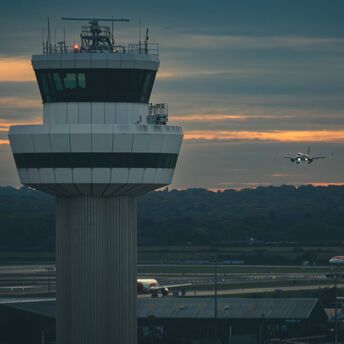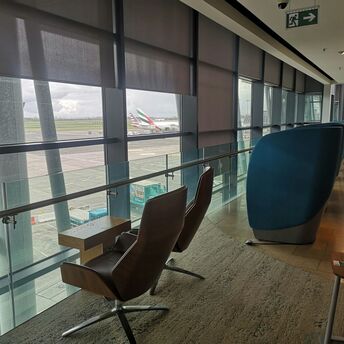Why Planes Avoid Flying Over Tibet: Reasons and Risks

Planes rarely fly over the majestic region of Tibet, which includes the renowned Mount Everest. This is no coincidence: the geographical and atmospheric conditions make flying over this part of the world particularly risky. High mountains and complex weather conditions create serious threats to aviation safety, prompting airlines to steer clear of this region.
The Tibetan Plateau and its surrounding mountain ranges, such as the Himalayas, reach altitudes of up to 14,800 feet. While planes typically cruise at altitudes between 30,000 and 42,000 feet, in an emergency, such as cabin decompression, pilots need to descend quickly to a safe altitude where oxygen levels are sufficient for breathing. In Tibet, a safe altitude might be out of reach due to the high mountains, making emergency landings extremely difficult or impossible.
Turbulence and Air Masses
Mountain ranges create strong air currents, leading to turbulence. When air encounters obstacles like mountains, it rapidly rises, causing unstable flight conditions. This makes flying over Tibet not only unsafe but also uncomfortable for passengers. According to National Geographic, air masses collide with mountains and are forced upwards without a smooth escape route, increasing the likelihood of severe turbulence.
Limited Number of Airports and Inaccessibility of the Region
There are only a few remote airports in Tibet, making route planning and emergency landings a challenging task for airlines. Due to the high mountainous terrain and limited infrastructure, pilots and airlines avoid using these routes. If passengers seek smoother and safer flights, they should avoid landing at one of Tibet's five remote airports.
The decision to avoid flying over Tibet is driven by the desire to ensure the safety of passengers and crew. High-altitude conditions, the presence of severe turbulence, and limited opportunities for emergency landings make this region difficult to navigate for air travel. Despite the scenic views and historical significance of the region, safety remains the top priority for the aviation industry.



















